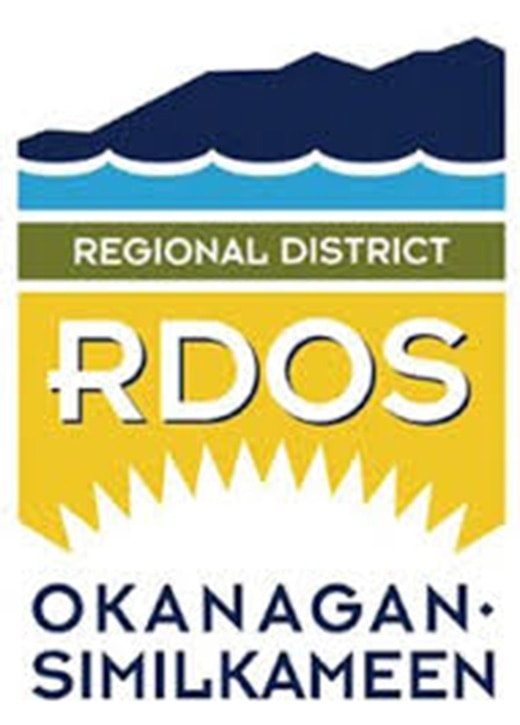Nearly two-thirds of rural residents would rather pay higher user fees than see their taxes go up to pay for facilities in neighbouring municipalities, according to a new citizens’ survey.
Sixty-four per cent of people polled by the Regional District of Okanagan-Similkameen preferred the idea of a two-tiered rate structure so those who use public facilities elsewhere pay their fair share.
However, the RDOS director for Naramata has reservations about a two-tired system since it could be hard to administer and discourage visitors from using facilities like Penticton’s pool.
“If I think about myself going there with my son, it’s roughly $9 if we want to swim for an hour. If they’re going to charge me more based on my ID, I might not go and they’ll lose out on that revenue,” said Karla Kozakevich.
She also noted her area already contributes grant money to Penticton-based groups such as the Shatford Centre, and called for more detailed polling on what out-of-town facilities her constituents actually use and what they’d be willing to pay before exploring the idea further.
Penticton Mayor Andrew Jakubeit agreed.
“The West bench already does do $25,000 for the pool and the library, but of course that’s a very old agreement, so that potentially could look at being upgraded,” he said.
Jakubeit added that he’d like to reopen talks later with directors of neighbouring RDOS areas, perhaps in time for the 2016 budget cycle, and look for a way to maintain and ensure fairness of the current single-price system.
“To go with higher user fees just becomes a lot more divisive and I think there’s probably ways around it, so I think we need to revisit that conversation,” he said.
Residents on the West Bench and in Naramata reported the highest quality of life among people in the eight RDOS rural areas, according to other results from the citizens’ survey.
Respondents in those two areas rated their quality of life at an average of 8.6 out of 10. The lowest average score for quality of life was a seven out of 10 recorded in Hedley and rural Keremeos.
The RDOS saw its average score dip to just six out of 10 when it asked rural residents to rate the value it provides for their tax dollars.
The survey was based on telephone polling of 400 people in April. The RDOS conducts the survey every two years.
